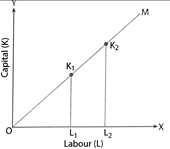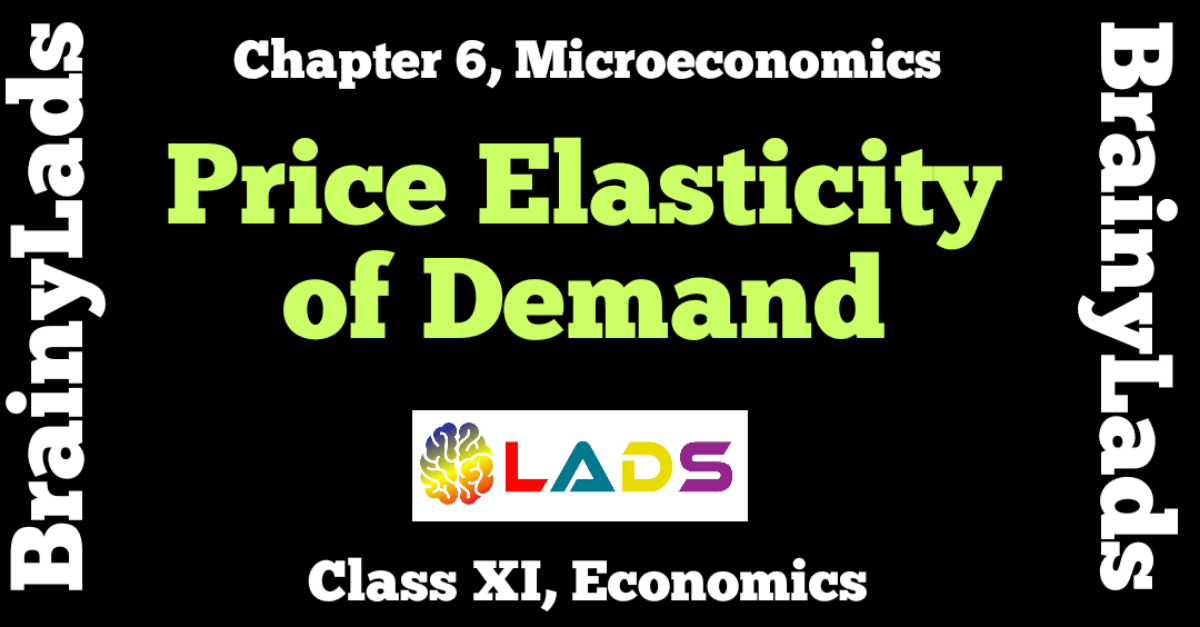Production Function and Returns to a Factor Class 11 | Economics
Table of Contents
Production Function And Returns to a Factor Class 11 | Chapter 7 | Economics
Production
Production refers to an activity by which inputs are transformed into output.
Input
Input means factors of production such as land, labour, capital and enterprise.
Output
Output means production. It is any commodity that comes out of production process.
Fixed And Variable Factors
Fixed factors – Fixed factors are those the application of which does not change with the change in the output and which can not be changed during short run. For example land, machine, building etc.
Variable factor – Variable factors are those the application of which changes with the change in the output and which can be changed during short run. For example labour, raw material etc.
Production function – Production function studies the functional relationship between firm’s physical input and firm’s physical output of a commodity. It is expressed in terms of
Qx=f(L,K)
Where, Qx – Output of Commodity X
L – Labour Input
K – Capital Input
Short Run and Long Run Production Function
Short Run – Short run is a period of time when we can change only variable factors not fixed factors. Short run production function is a technological relationship between physical inputs where one factor is fixed and other is a variable factor. In this type of production function, output can be increased by increasing the units of L (variable factor) and K (fixed factor) remain constant. Production increases with increase in the variable factors, fixed factor remain constant in short run. It is also known as ‘Return to a factor’.
Long Run – Long run is a period of time in which a firm can change all the factors of production whether it be (variable or fixed). In long run all factors are variable because a firm can change its fixed factors along with variable factors. Output increases by increasing the application of both the factors. It is also known as ‘Return to scale’.
Production Concept
1) Total product or Total physical product (TP or TPP) – Total product is a sum total of output produced by all units of a variable factor with some constant factors. It is also known as total return of the variable factor.
TP = AP × L
TP = ∑ MP
2) Average product (AP or APP) – Average product is per unit product of a variable input.
AP=TP/L
Where, AP – Average product
L – units of variable factor (Labour)
3) Marginal product (MP or MPP) – It refers to an addition to the total product when an additional unit of variable factor is used, keeping fixed factors constant.
MP=TP_n-TP_(n-1) or MP=∆TP/∆L
Relationship Between TP, AP AND MP
| Unit of land | Labour units | TP | MP | AP |
| 1 | 0 | 0 | ||
| 1 | 1 | 6 | 6 | 6 |
| 1 | 2 | 20 | 14 | 10 |
| 1 | 3 | 48 | 28 | 16 |
| 1 | 4 | 72 | 24 | 18 |
| 1 | 5 | 80 | 8 | 16 |
| 1 | 6 | 84 | 4 | 14 |
| 1 | 7 | 84 | 0 | 12 |
| 1 | 8 | 80 | -4 | 10 |
TP and MP
- When TP increases at increasing rate MP increases.
- When TP increases at diminishing rate, MP diminishes.
- When TP is maximum, MP is zero.
- When TP declines, MP negative.
- When TP stops increasing at increasing rate, MP is at its maximum. This point is known as point of inflexion.
AP and MP
- When AP rises, AP is less than MP.
- When AP at its maximum then AP is equals to MP.
- When AP falls then MP is less than AP.
- MP can be zero or negative.
- MP increases or decreases more rapidly than AP.
RELATED
Return to a Factor or Law of Variable Proportions
Law of variable proportions says that as more and more of the variable factor is combined with the fixed factor, MP of the variable factor may rise, but eventually a situation must come when MP of the variable factor starts declining. Marginal product become zero or even negative.
Assumptions of the Law
- Technology is given and remain constant.
- All the units of a variable factors are identical or equally efficient.
- There is a short period of operation.
- Factors of production are not perfectly substitute.
Schedule
| Unit of land | Unit of labour | TP | MP | Returns of variable factors | Stage of production |
| 1 | 1 | 2 | 2 | TP increases at increasing
rate so MP also increases |
Increasing returns to a factor.
|
| 1 | 2 | 5 | 3 | ||
| 1 | 3 | 9 | 4 | ||
| 1 | 4 | 12 | 3 |
TP increases at decreasing rate then MP decreases. |
Diminishing returns to a factor |
| 1 | 5 | 14 | 2 | ||
| 1 | 6 | 15 | 1 | ||
| 1 | 7 | 15 | 0 | ||
| 1 | 8 | 14 | -1 |
TP decreases then MP is Negative. |
Negative returns |
Rational Stage of Operation
- Stage 1 – There is a scope for more efficient utilization of fixed factor by employment more units of variable factors.
- Stage 3 – Employment of every additional unit of labour gives less and less of total output because MP is negative.
- Stage 2 – Producer will find equilibrium only in 2nd stage when MP is zero and remain positive and TP is maximum.
Reason or Cause of Law of Variable Proportion
Cause of Increasing Returns to a Factor –
- Optimum utilization of fixed factor – In the first stage, fixed factor remains underutilized. So when units of variable factor are employed, it leads to optimum utilization of fixed factor.
- Division of labour and increase in efficiency – With more units of variable factor, it is possible to divide the work among the labour according to their skill, knowledge and experience. This result is specialization.
- Better coordination between factors – So long as fixed factor remain underutilized, additional employment of variable factor tends to improve the coordination between the fixed and variable factors.
Causes of Decreasing Returns to a Factor –
- Scarcity of resources – Some factors of production are scarce and cause decrease in MP.
- Poor coordination between factors – When more and more units of variable factor is employed, a time comes when our fixed factor start being over used, so MP FALLS. Ideal ratio becomes disturbed.
- Lack of perfect substitution between factors – Factor of production are imperfect substitutes of each other. More and more labour cannot be continuously used in place of capital.
Postponement of the law
Postponement of the law of variable proportion is possible under two situations
- When there is improvement in technology.
- When substitute of the fixed factor is discovered.
Constant Return to a factor
This situation occurs between the situations of increasing returns to a factor and decreasing returns to a factor. It is a situation when MP of the variable factor remains constant even when more and more of variable factor is used.
Do share the post if you liked Production Functions and Returns to a Factor Class 11. For more updates, keep logging on to BrainyLads







It’s very graet to learning and collect information about the difficult topics.
Thanks you soooo much🤗🤗🤗🤗💕💕❤️❤️❤️
It’s great for a good revision of chapters ☺️
Yeah it’s true
Sir please provide business studies notes also your notes are very very helpful thanks 😊 as soon as possible according to latest syallabus plz sir humble request from all the students
Yes, it is helpful for notes not for project work
Sir yeh sab learn kr ke pass ho sakte hai exam me